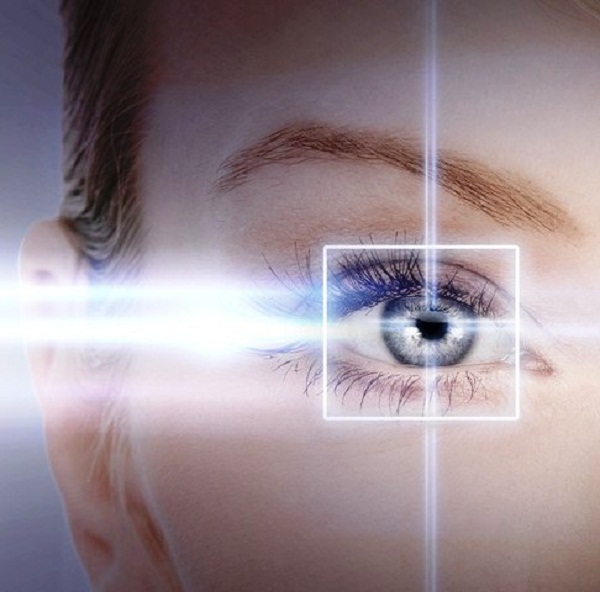A new study has found that AI-enabled imaging of the retina’s veins and arteries can specify the risk of cardiovascular disease, cardiovascular death, and stroke.
It works by scanning and measuring the thickness of tiny arteries and veins at the back of the eye, which are thought to hold key information about heart health.
The research could enable ophthalmologists and other health workers to carry out cardiovascular screening on the high street using a camera with no need for blood tests or blood pressure checks, according to the study.
The research team said the results could “open the door” to a highly effective, non-invasive test becoming available for people at medium to high risk of heart disease that does not have to be done in a clinic.
“This AI tool could let someone know in 60 seconds or less their level of risk,” said Professor Alicja Rudnicka, lead author of the study. “If someone learned their risk was higher than expected, doctors could prescribe them statins or offer them another intervention.”
Speaking at a health conference in Copenhagen, Rudnicka, a professor of statistical epidemiology at St George’s, University of London, added: “It could end up improving cardiovascular health and save lives.”
Circulatory diseases, including cardiovascular disease, coronary heart disease, heart failure, and stroke, are major causes of ill health and death worldwide. Cardiovascular disease (CVD) is the most common cause of death globally – it accounts for one in four deaths in the UK alone.
While several tests to predict risk exist, such tests are not always able to accurately identify those who will develop or die of heart disease, health experts have stressed.

They used the tool to scan images from 88,052 UK Biobank participants aged 40 to 69. The team looked specifically at the width, vessel area, and degree of curviness of the arteries and veins in the retina to develop prediction models for stroke, heart attack and death from circulatory disease.
They subsequently applied the models to the retinal images of 7,411 participants, aged 48 to 92, of the European prospective investigation into cancer (Epic)-Norfolk study.
They compared the performance of Quartz with the widely used Framingham risk scores framework which evaluates the chance or likelihood of an individual developing CVD. They also tracked everyone’s health for an average of seven to nine years.
The researchers found that in men, the width, curviness, and width variation of veins and arteries in their retinas were important predictors of death from circulatory disease. In women, artery area and width and vein curviness and width variation contributed to risk prediction.
The AI tool harnessed data from participants including any history of smoking, drugs to treat high blood pressure, and previous heart attacks.
Researchers found the retina data computed by Quartz was significantly associated with cardiovascular disease, deaths, and strokes, with similar predictive performance to the Framingham clinical risk score.
“AI-enabled vasculometry risk prediction is automated, low cost, non-invasive and has the potential for reaching a higher proportion of the population in the community because of ‘high street’ availability and because blood sampling or [blood pressure measurement] are not needed,” the researchers wrote.
Source: E&T










